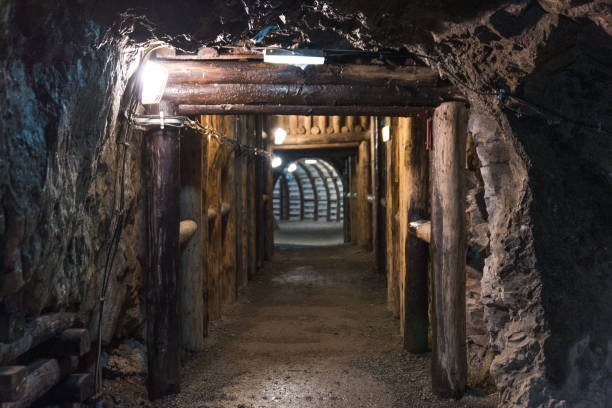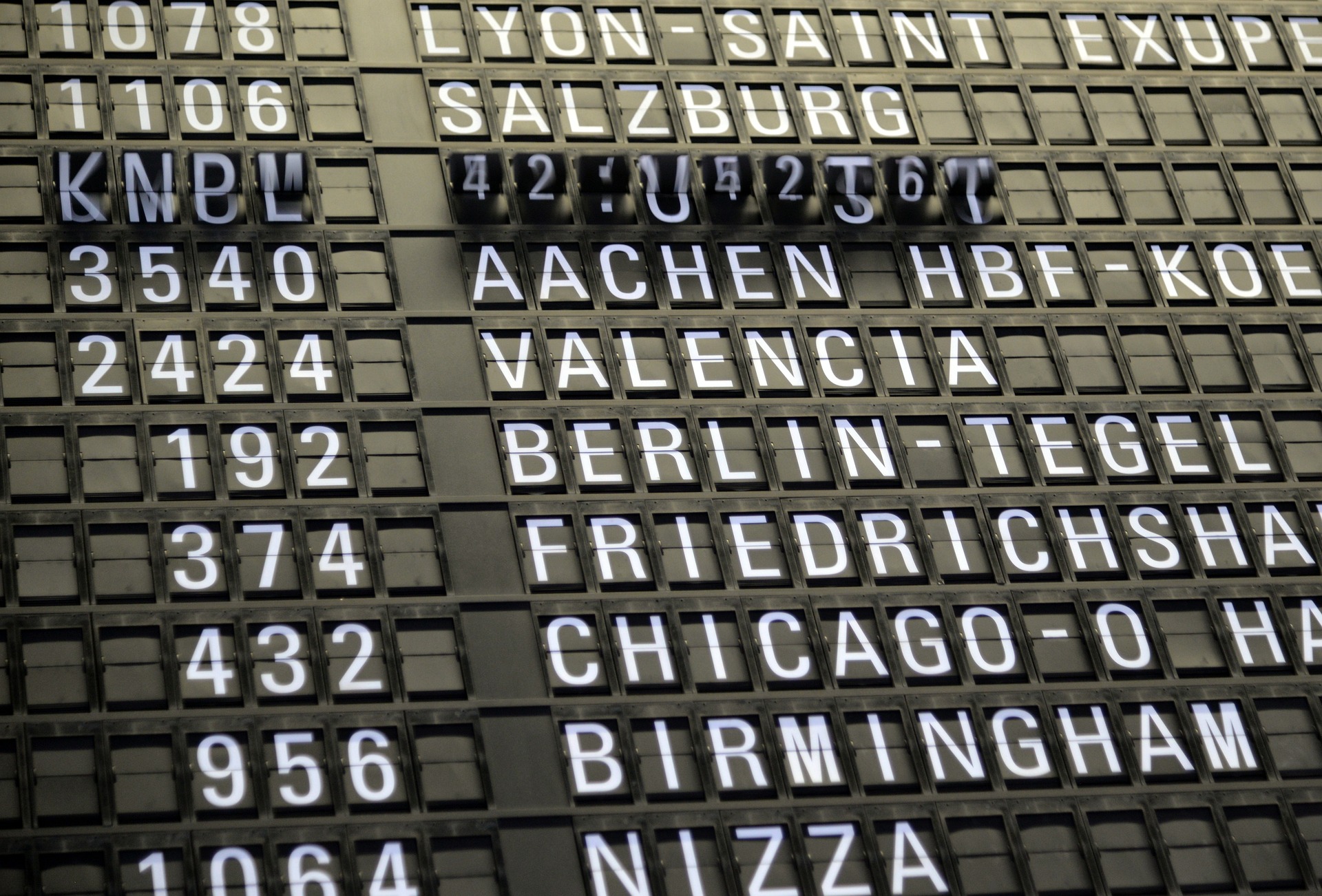"Unveiling the Mysteries of Dark Tourism: A Deep Dive into the Intriguing World of Macabre Travels"
In the ever-evolving landscape of travel trends, there's an intriguing style that has been silently gaining momentum over the years. It's called Dark Tourism, a travel trend that defies convention, taking thrill-seekers to places marked by tragedy, death, or the macabre. This unique travel trend offers a sobering perspective, challenging travelers to explore human history's darker episodes.

The Birth and Growth of Dark Tourism
Dark tourism’s roots trace back to the Middle Ages, when European Christians embarked on pilgrimages to witness relics of saints and martyrs. However, it wasn’t until the 19th century, with the advent of railroads and public transportation, that dark tourism truly began to take shape, offering ordinary people the opportunity to visit sites of historical and tragic significance.
The term “Dark Tourism” was coined in the late 1990s by Professors John Lennon and Malcolm Foley of Glasgow Caledonian University. They described it as the act of traveling to sites associated with death, suffering, and the seemingly macabre. In recent years, this travel trend has gained a steady following among travelers seeking more profound, thought-provoking experiences.
The Fascinating Psychology Behind Dark Tourism
At its core, dark tourism is about more than just morbid curiosity. Psychologists suggest that it represents a desire to understand and reflect on our own mortality and humanity’s darker historical episodes. This form of tourism often prompts deep self-reflection, pushing travelers out of their comfort zones and stimulating introspection about life, death, and the human capacity for both good and evil.
The Impact of Dark Tourism
Dark tourism can be a double-edged sword. On one hand, it promotes awareness about historical atrocities, ensuring that they are not forgotten and hopefully not repeated. However, it also poses challenges in terms of respecting the sanctity of these sites and the memories they hold. It’s essential for dark tourists to approach these sites with sensitivity and respect, recognizing the gravity of the events that unfolded there.
Insights into Dark Tourism
- Dark tourism spans a wide range of destinations, from battlefields and prisons to sites of natural disasters and nuclear accidents.
- Some popular dark tourism destinations include Auschwitz in Poland, the Killing Fields in Cambodia, and the Chernobyl Exclusion Zone in Ukraine.
- Dark tourism can serve as a form of education, shedding light on significant historical events and their impact on humanity.
- Many dark tourism sites have museums or informational exhibits to educate visitors about the events that took place there.
- It’s crucial for dark tourists to demonstrate respect and empathy when visiting these sites, understanding that they are places of immense sorrow and tragedy.
As we wrap up this exploration into the intriguing world of dark tourism, it’s clear that this travel trend offers a unique perspective on historical events and human nature. While it may not be for everyone, dark tourism encourages travelers to step outside their comfort zone, offering an opportunity for reflection and a deeper understanding of our shared history. Above all, dark tourism reminds us of the importance of remembering the past, no matter how dark, to ensure a brighter future.





